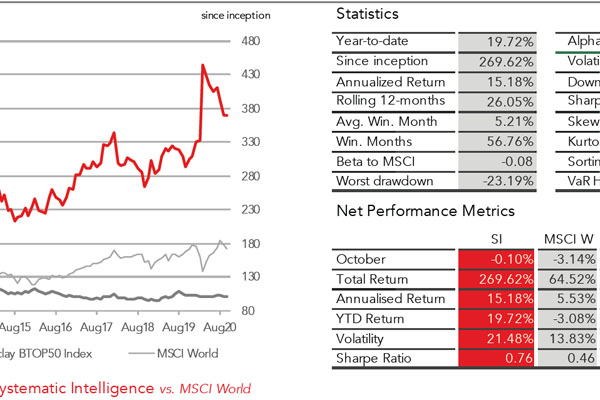Introduction
The advent of high-frequency trading (HFT) has revolutionized the way financial markets operate. This technology enables traders to execute trades at lightning-fast speeds, capitalizing on even the smallest price movements. As a result, investing in HFT technology has become increasingly attractive for those seeking to gain an edge in the competitive trading landscape.

Image: www.youtube.com
This article will explore the concept of investment in HFT technology from a real options perspective. We will discuss the unique characteristics of HFT investments, assess their potential risks and rewards, and provide a framework for evaluating investment opportunities in this rapidly evolving field.
Understanding HFT Technology
HFT refers to trading strategies that employ sophisticated algorithms and high-powered computers to execute a large number of orders in a matter of milliseconds. These strategies exploit discrepancies in asset prices across different markets, taking advantage of temporary inefficiencies.
The key ingredients of HFT systems include:
- High-Performance Computing: Superfast computers capable of processing vast amounts of data and executing trades with near-zero latency.
- Ultra-low Latency Networks: Specialized networks that minimize communication delays between trading servers and exchanges.
- Advanced Algorithms: Complex mathematical models designed to identify trading opportunities and automate order execution.
Investment Characteristics of HFT Technology
Investments in HFT technology have several unique characteristics:
- High upfront costs: HFT systems require significant capital investments in hardware, software, and infrastructure.
- Short payback periods: Due to the rapidly evolving nature of HFT, technological advantages can quickly become obsolete, requiring ongoing investment in upgrades.
- Skill-intensive: HFT operations involve a high degree of technical expertise and require skilled professionals to design, maintain, and operate the systems.
- Specialized Knowledge: Understanding market microstructure and trading algorithms is crucial for successful HFT operations.
Real Options Approach to HFT Investment
The real options approach provides a framework for evaluating HFT investments by considering them as a series of options on future opportunities. This approach recognizes the inherent uncertainty in the HFT landscape and allows investors to:
- Value the flexibility: Assess the potential to delay, expand, or abandon investments in HFT technology based on market conditions.
- Quantify the optionality: Determine the impact of external factors, such as regulatory changes or technological advancements, on the value of HFT investments.
- Optimize investment strategy: Make informed decisions about the timing, scale, and exit strategy for HFT investments.

Image: sissoftwarefactory.com
Risks and Rewards of Investing in HFT
Like any investment, investing in HFT technology carries both risks and rewards:
Risks
- Obsolescence risk: Rapid technological advancements can render HFT systems obsolete quickly, leading to potential financial losses.
- Liquidity risk: The inability to quickly liquidate HFT assets in adverse market conditions could result in significant financial losses.
- Regulatory risk: Changes in regulatory policies or enforcement could impact the profitability and viability of HFT operations.
Rewards
- Enhanced returns: HFT strategies can generate alpha by exploiting price discrepancies and market inefficiencies.
- Reduced transaction costs: Access to high-speed networks and algorithms can reduce the overall cost of trading.
- Market insight: HFT systems provide real-time market data and analytics, offering investors deeper insights into market dynamics.
Evaluating HFT Investment Opportunities
Before investing in HFT technology, careful due diligence is essential:
- Assess the market: Evaluate the potential profitability of HFT strategies in current and anticipated market conditions.
- Consider the technological capabilities: Analyze the technological infrastructure, algorithms, and expertise of the HFT provider.
- Quantify the risks: Estimate the potential financial impact of obsolescence, liquidity, and regulatory risks.
- Evaluate the management team: Assess the experience and skills of the management team responsible for operating the HFT systems.
Investment In High-Frequency Trading Technology A Real Options Approach

Image: kaigai-tsumitate.com
Conclusion
Investing in HFT technology requires a comprehensive understanding of the risks and rewards involved. By adopting a real options approach, investors can enhance their ability to value the flexibility and quantify the optionality of HFT investments. Careful due diligence and a thorough evaluation of investment opportunities are essential to maximize the potential returns and minimize the associated risks. For those seeking to navigate the complexities of the high-frequency trading landscape, the real options approach provides a valuable framework for decision-making and investment success.







